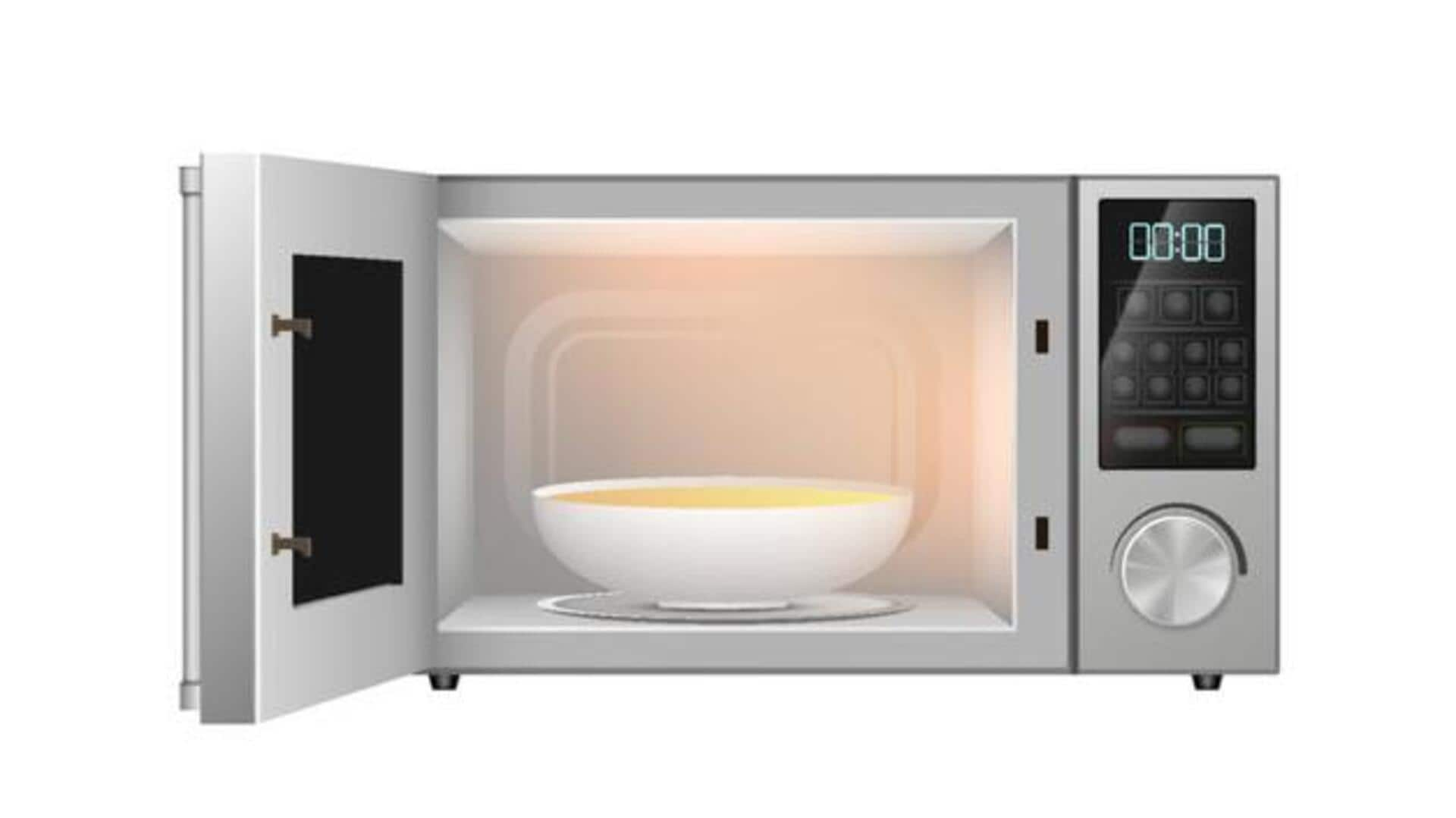
Microwave radiation: Debunking common myths
What's the story
Microwave ovens have become a staple in most kitchens, but they are also the most mythologized kitchen appliance when it comes to safety and health. Fears of radiation exposure and its effect on human health have given rise to a number of myths. This article attempts to debunk those myths with fact-based insights into how microwave radiation works and its real health effects.
Basics of radiation
Understanding microwave radiation
Unlike the ionizing type found in X-rays, microwave ovens use non-ionizing radiation. In other words, non-ionizing radiation doesn't have enough energy to remove tightly bound electrons from atoms or molecules. Therefore, it can't cause cellular damage or mutations. This distinction is important in understanding why microwaves are mostly deemed safe for cooking food.
Regulatory measures
Safety standards and regulations
Microwave ovens are governed by strict standards of safety by regulatory bodies like the U.S. Food and Drug Administration (FDA). These regulations keep microwave emissions well below harmful levels. In fact, the FDA requires that all microwaves emit less than five milliwatts of microwave radiation per square centimeter at around two inches from the oven surface, far below any level known to harm humans.
Scientific findings
Health effects of microwave use
Numerous studies have investigated the health effects of using microwaves for cooking. Findings consistently show no adverse impacts on human health when used according to manufacturer instructions. The World Health Organization also supports this view, stating that there is no evidence linking microwave use with increased cancer risk or other serious health issues.
Myth busting
Common misconceptions addressed
One common myth is that microwaving food makes it less nutritious than cooking it other ways. However, research shows that nutrient loss happens with any cooking method due to exposure to heat, not specifically with microwaving. In fact, since microwaving usually requires less cooking time and water than boiling or steaming, it can actually help retain nutrients better in some cases.